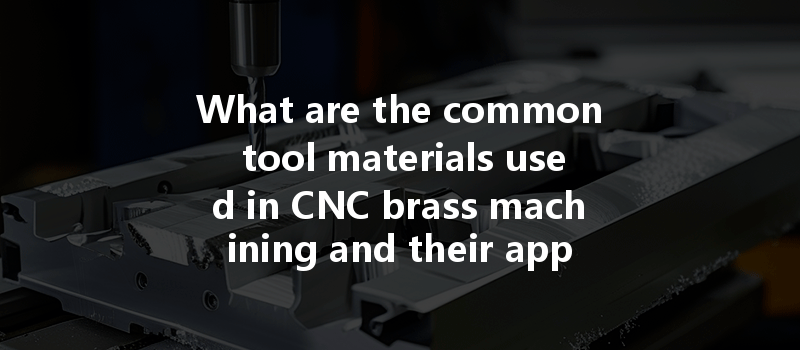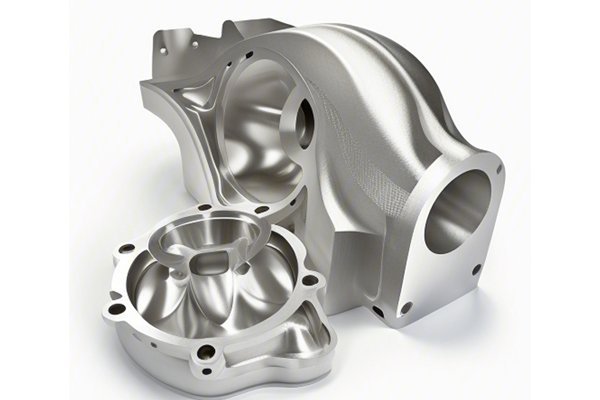Did you know that brass is one of the most machinable alloys available? With an unmatched combination of strength, corrosion resistance, and excellent thermal conductivity, it serves as a go-to material in many industries, such as automotive, electronics, and plumbing. However, achieving high precision and surface finish in CNC brass machining depends significantly on choosing the right tool materials. This blog will delve deep into the commonly used tool materials in CNC brass machining, their unique properties, advantages, and applications, all while covering techniques to optimize the machining process.
Understanding CNC Brass Machining
Before we delve into tool materials, it’s essential to grasp the intricacies of CNC brass machining. CNC, or Computer Numerical Control machining, involves the automated control of machining tools by means of a computer. This technology enables high-precision manufacturing, which is crucial in industries that require intricate parts. Brass, an alloy of copper and zinc, boasts various advantages, including:
Given these favorable characteristics, knowing how to select and use the right tool materials for this type of machining is critical for achieving optimal results.
Common Tool Materials in CNC Brass Machining
The following tool materials are predominantly utilized in CNC brass machining:
High-speed steel is a popular choice for cutting tools due to its remarkable toughness and ability to retain hardness at high temperatures. HSS can withstand the significant thermal and mechanical stresses experienced during machining. It is often used for:
Advantages:
Applications:
Tungsten carbide is known for its unparalleled hardness and wear resistance. It typically comes in two forms: solid carbide and carbide-tipped. Solid carbide tools are often preferred for CNC machining due to their durability and efficiency.
Advantages:
Applications:
Cobalt tools are a subtype of high-speed steel that contains cobalt to enhance heat resistance and hardness. They are particularly beneficial when machining harder materials including some brass alloys.
Advantages:
Applications:

Ceramic materials offer high hardness and resistance to wear and thermal shock. Although less commonly used in brass machining due to brittleness, ceramic tools can be advantageous in specific applications.
Advantages:
Applications:
Diamond-coated cutting tools are known for their incredible hardness and wear resistance, making them suitable for a high level of precision in machining.
Advantages:
Applications:
Selecting the Right Tool Material for Brass Machining
When selecting a tool material for CNC brass machining, consider the following factors:
Techniques for Optimizing CNC Brass Machining
Once the appropriate tool material is selected, applying techniques to optimize the machining process can significantly enhance efficiency and product quality:
Through understanding the various tool materials used in CNC brass machining and their respective applications, you can make informed choices that optimize your machining processes. Selecting the correct tool material, considering brass alloy characteristics, and employing best machining practices are paramount for achieving high-quality results.
This blog has explored the multitude of choices available in tool materials, their advantages, and the strategic application of techniques to enhance machining efficiency. Remember, making an informed choice about tool materials doesn’t just affect the machining process; it influences your operational costs, production quality, and overall project success. In a competitive landscape, mastering these details is more vital than ever as you strive for excellence in brass machining.
By continually refining your understanding of materials and processes, you’re not merely optimizing production but also setting a standard that can elevate your business above the competition. The right tools and techniques can lead to remarkable outcomes, making it worth your while to stay informed and adaptable in this ever-evolving field.






